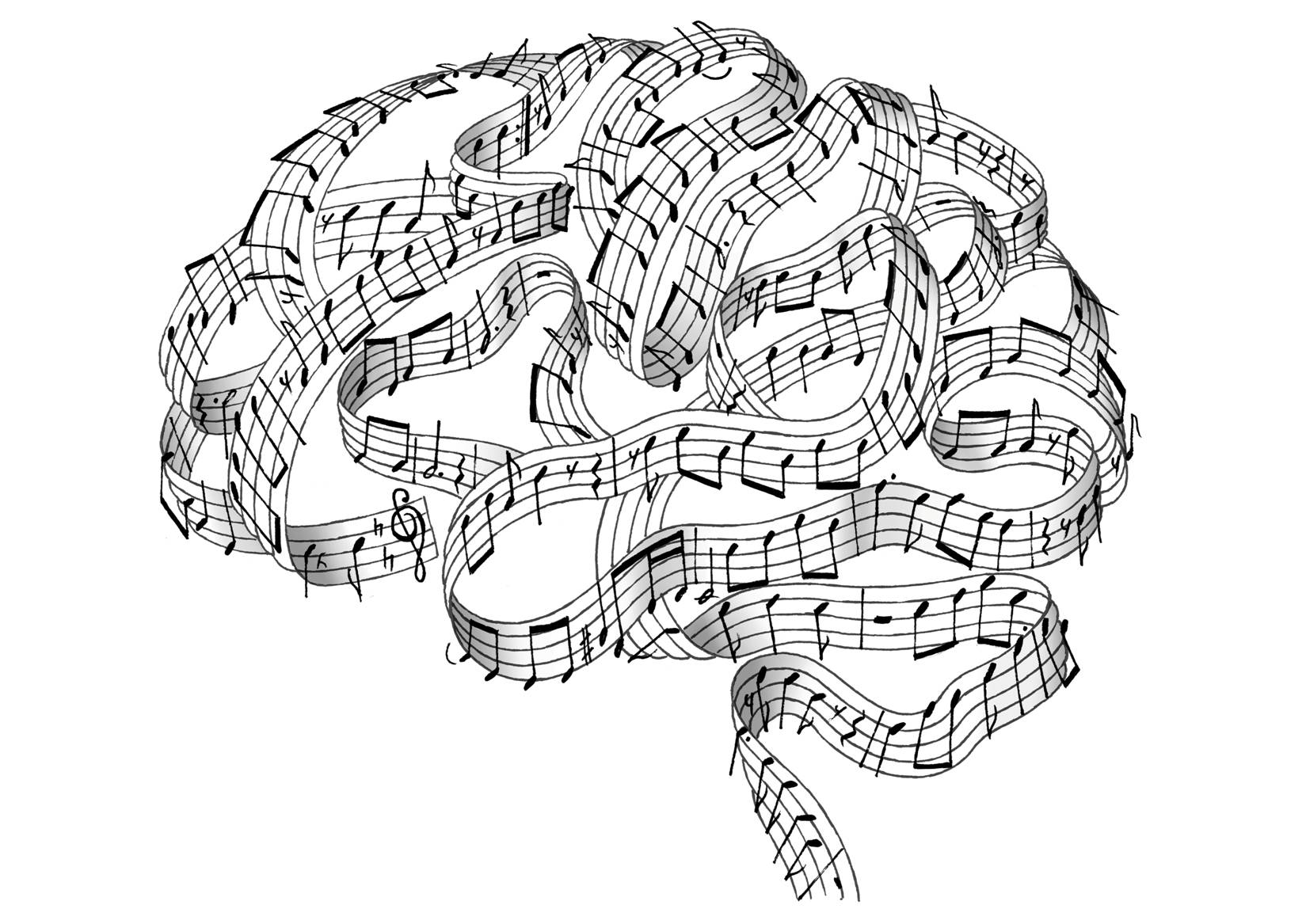Music and movement are very intimately connected, not just in society but also deep within the very structures of our bodies. The urge to rock out to loud music at a concert has specific correlations to structures in our ears and neck muscles that create reward responses. Our hearing and structures in the ear are associated with our sense of balance and spatial awareness, but it has been shown that the urge to dance to loud music doesn’t go away with hearing loss.
So how are they related? What are these structures that give us the urge to dance, and how can it be used in music therapy?
First, let’s define our terms:
Vestibular system – the sensory system that provides the leading contribution to the sense of balance and spatial orientation for the purpose of coordinating movement with balance. Structures are located in the inner ear and connect down into the neck (sternocleidomastoid muscle).
Sacculus – a part of the balance-regulating vestibular system located in the inner ear.
Decibel – a measurement of loudness, or pressure on structures in the ear. The average rock concert is around 90dB (decibels), a quiet room is around 40dB.
Researchers at Manchester University found that the sacculus, which was not thought to have any hearing functions, appears to be sensitive to loud volumes, specifically above 90 decibels.
“In tests, 11 students listened to tone pips of varying frequencies. Their saccular sensitivity was found to range from 50 hertz to 1,000 hertz, peaking between 300 and 350 hertz. On a musical scale, middle C has a frequency of 261 hertz, and male and female voices have frequency ranges of up to 200 and 400 hertz respectively.
‘The distribution of frequencies that are typical in rock concerts and at dance clubs almost seem designed to stimulate the sacculus,’ Neil Todd, an expert in music perception, told New Scientist magazine.”
There is also research published in The Journal of the Acoustical Society of America supporting a physiological basis for the “rock n roll threshold” (aka around 90dB). Ten students were exposed to loud music and the muscle response in their neck was measured.
“All the subjects showed a clear muscle response, which the researchers inferred to be stimulated by the saccule. The maximum frequency sensitivity of the saccule, it turns out, corresponds to the frequency range most prominent in club sound environments.
But why should we derive pleasure from jerky neck movements? [The researchers] suggest that the sensations of this kind of ‘self-motion’ might be similar to those derived from swings and fairground rides. In a survey of 48 students, they found that those who liked rollercoasters and such generally liked loud music too.”
This one goes to eleven from nature.com
So, from a music therapy standpoint, what does this physiological connection mean for treatment? The above information seems most directly related to Sensory Processing Disorder and all the self-stimulating behaviors that often come with it, such as covering the ears, making loud vocal sounds, hitting the head or nodding/shaking head. All of these motions seem intended to stimulate the sacculus, which we know can also be stimulated by loud levels of music. While hearing loss can occur with too much exposure to 90dB sound levels, controlled, minimal exposure may be effective in helping to alleviate symptoms of sensory processing disorder. Specific kinds of movement, such as safe neck movement along to rock or techno music, may also help with spatial awareness since we know these motions are directly connected to the vestibular system.
To my fellow music therapists: Take pride and inspiration from the direct physiological connection music has to our bodies, and never forget how much power you wield! Thank you for all you do.

